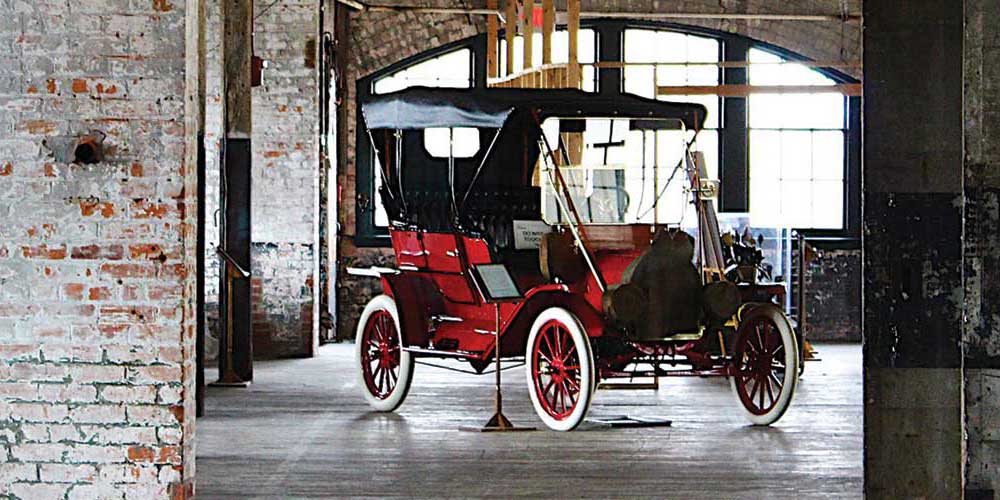By Robert Tate, Automotive Historian and Researcher
Posted: 12.19.2016

Looking back on some the highly detailed and creative automotive hood ornaments perched on early 20th-century cars, it serves as a great reminder of this very stylish feature prominently displayed during the early days of automotive design.
While many cars had “mascots,” or hood ornaments, installed at the factory, most often a small charge was added to the customer's price at the time of purchasing. Automotive mascots were defined as those ornaments supplied by the manufacturer of the vehicles either as standard equipment or sometimes as deluxe accessories.
Mascot designs in the past would be affixed onto radiator caps, but that would later change to the front of the hood with more innovative design work. The Mascot designs were very stylish with figures such as winged goddesses and graceful birds along with human and animal figures which became the most popular subjects that most consumers had admired and thoroughly enjoyed.
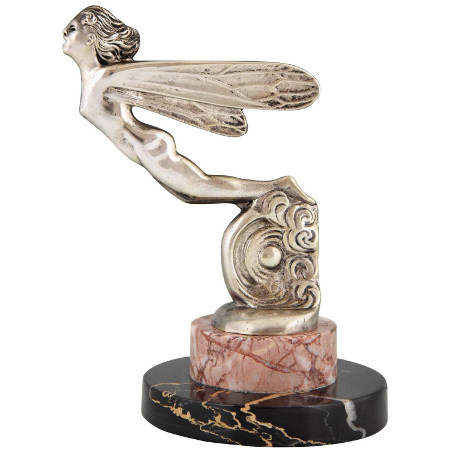
For example, bird mascot figures were often designed and finished off by having the bird perching on a ball or post. The Golden Age of Motoring (1920-1930) also witnessed a flourishing of creativity when it came to hood ornament design from American and European auto companies.
Automotive mascots were used to personalize the automobile. They were designed for the top of the radiator, although some were designed for the front end of the vehicle as well. A customer could purchase popular figures such as Mickey Mouse or a Charlie Chaplin as a hood ornament for decorative purposes only. Customers could also buy an accessory mascot that was not affiliated with the car’s manufacturer – it was usually for his or her personal taste only.
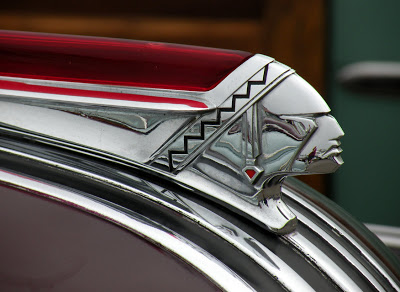 Pontiac hood ornament (Photo by Jesse Bowers, justacarguy.blogspot.com)
Pontiac hood ornament (Photo by Jesse Bowers, justacarguy.blogspot.com)
Hood ornaments were usually cast in brass, zinc or bronze with a chrome plated finish. From 1923-24, Oliver H. Clark filed a patent No. 64729 for the first winged radiator cap. Later it was assigned to the Maxwell Motor Car Company along with Chrysler from 1928-1930.
Some collectors have said that the Buick mascots of the late 1920s – designed by the Ternstedt Co. from Detroit, MI – were among the most beautifully styled ornaments of the era. The company at the time offered the consumer a beautiful goddess ornament as well as a figure eight with wings which represented the great cylinder power during the 1930s.
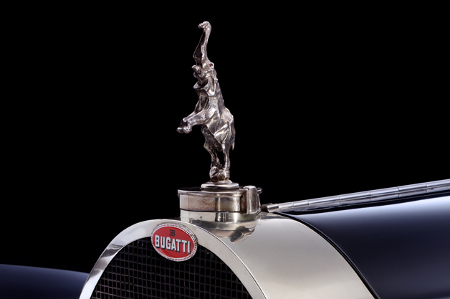
From the famous dancing elephant designs featured on Bugatti models to the popular Cadillac La Salle silver swan, there was a wealth of creativity being invested in hood ornaments making them highly sought by collectors today.
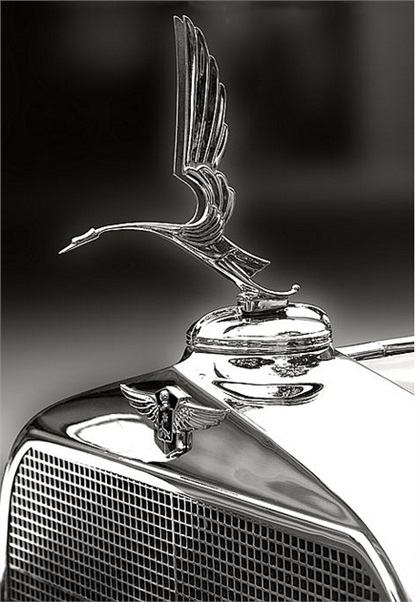
By the late 1930s, ornament designs were changing as many of the automotive designs were changing as well. Much of the direction for auto styling was turning toward more streamlined designs that the public really enjoyed. Later on, new laws were introduced limiting the use of automotive mascots deeming them a potential safety hazard.
David Kay and Lynda Springate, who wrote a book titled, “Automotive Mascots,” said “Of course such legislation did not actually ban mascots, but it did make them less popular.”
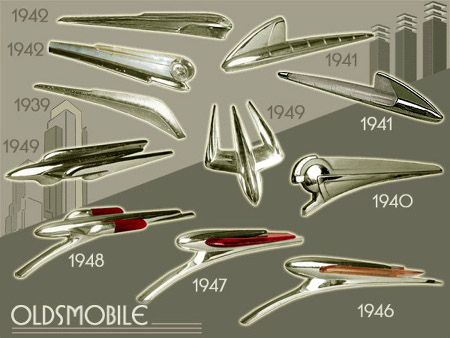
After the conclusion of WWII, hood ornaments were still very popular among consumers such as seen on the 1959-61 Lincoln models. During the 1940s, Packard ornaments were also great looking designs as well. After the early 1960s, however, hood ornaments were becoming obsolete and had shown to have very little interest amongst many of the muscle car fans.
In conclusion, early ornaments and mascots have become very collectible today and many still considered them as a great work of art.
A special thanks to Robert Tate, Automotive Historian and Researcher, for contributing this story to the MotorCities Story of the Week Program.
For further information on photos please visit http://www.detroitpubliclibrary.org/ or email This email address is being protected from spambots. You need JavaScript enabled to view it.. Pontiac hood ornament photo presented courtesy of Jesse Bowers at justacarguy blog. Please do not republish the story and/or photographs without permission of MotorCities National Heritage Area. (Bibliography: Williams, C. Williams. “Motoring Mascots of the world” 1980; Kay, David & Springate, Lynda. “Automotive Mascots A collector's guide to British Marque, Corporate & accessory mascots.” 1999.)
If you would like to contribute an article for the MotorCities newsletter, email This email address is being protected from spambots. You need JavaScript enabled to view it. or call 313.259.3425.


